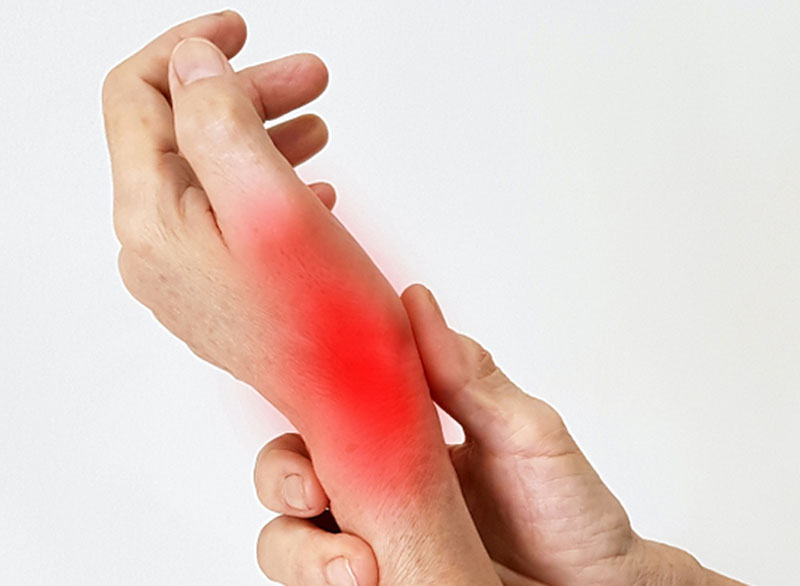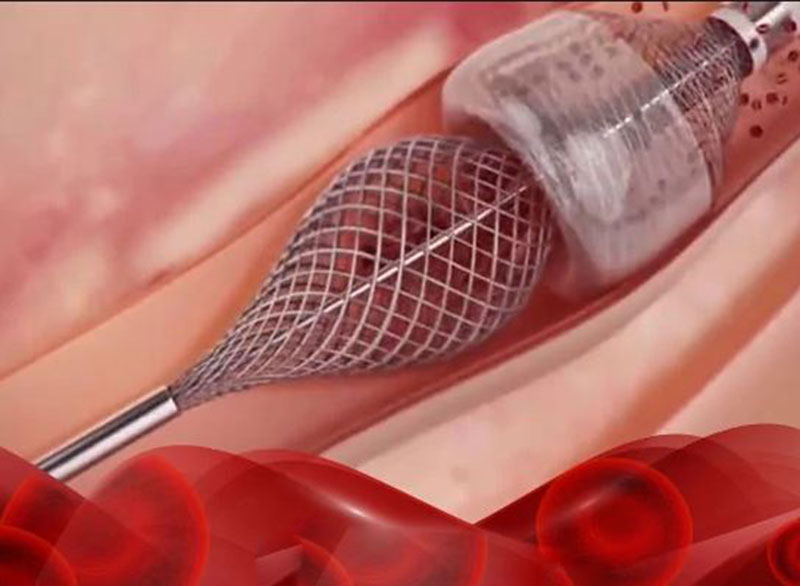Without the need for surgery or major operation from almost any tissue or organ in the body...
Needle Biopsies
Needless surgery or major procedure, biopsy can be performed from almost any tissue or organ in the body, that is, tissue samples can be taken. Since our specialists in interventional radiology can use imaging methods such as ultrasound and computed tomography very well, they can achieve great success in biopsy procedures. These procedures differ from biopsies that are performed blindly without seeing the target tissue. During the whole biopsy procedure, the inside of the body is visualized by imaging methods and the needle is guided in this way and the biopsy is taken.
Biopsies are most often performed to reveal whether the tumors are benign or malignant and, if possible, to specify which type of tumor it is, that is, to make a definitive diagnosis. Apart from this, biopsies can be taken from organs such as liver, kidney and lung to reveal organ diseases.

The biopsy procedures are usually easy. No pain is felt during the procedure. After the procedure, patients are sent home on the same day after observation and bleeding control for a while
The pieces taken are evaluated by the pathology doctor. Evaluation period generally varies according to the processing of the purchased part (particular painting etc.).
Draining Operations
Drainage is the transfer or removal of fluid from one place to another. It is most often used in two situations: When there is an obstruction (for example, biliary tract obstruction), a normal fluid in the body cannot be poured to the place where it should be poured, and it starts to accumulate in the body, then partially passes into the blood and harms the body. In this case, if the blockage cannot be removed immediately, the temporarily accumulated liquid should be taken out, that is, drainage should be done. There is no obstruction in the second type of drainage, but there is an unwanted accumulation of fluid in the body due to various diseases. For example, fluid builds up in the lungs and makes it difficult to breathe, or too much fluid builds up in the abdomen and causes pain. Such fluids should also be taken out of the body.
Basic drainage operations:
Biliary tract drainage (biliary drainage): It usually causes obstructive jaundice due to tumors. In percutaneous (made of the skin) biliary drainage, it reaches the bile ducts by entering through the skin with a needle and provides bile drainage by placing a tube in the biliary tract. For permanent drainage, the plastic tube with the outside end can be removed and a metal stent placed inside.
Draining of the urinary tract (nephrostomy): If there is an obstruction in the urinary tracts, the urine formed accumulates, causing the renal collecting system and urinary channels to expand and the kidneys to dysfunction in the long term. A tube is placed in the collecting system of the kidney, which produces urine and sends it to the bladder, and the urine is taken out for a while. This allows the kidney and kidney ducts to relax. The tube is removed when the underlying problem is resolved.
Fluid drainages: Fluids that accumulate mostly in the lungs and make it difficult to breathe, and fluids that accumulate in the abdomen and cause significant tension and pain in the abdomen.
Abscess drainages: All abscesses that have reached a certain size in the body are treated with surgery, now with tube drainages.
Cyst Treatments
Hydatid cyst, which is a parasitic cyst seen in the liver and other organs, or very large liver and kidney cysts, is drained by inserting a needle into the cyst and treated without surgery by injecting drugs into the cyst.


